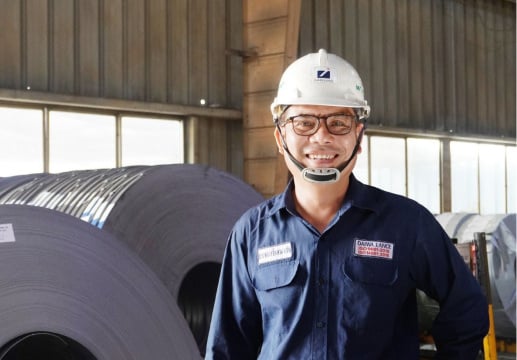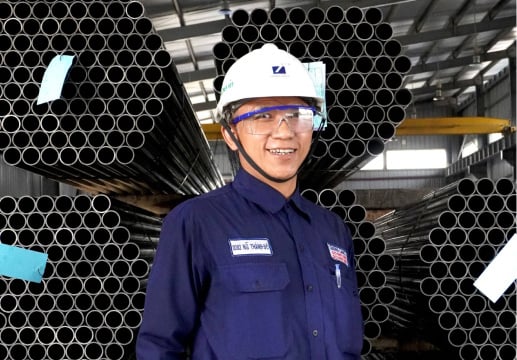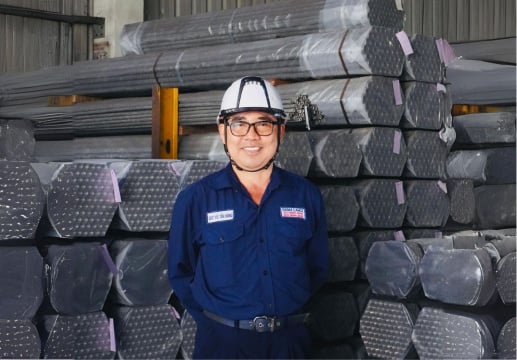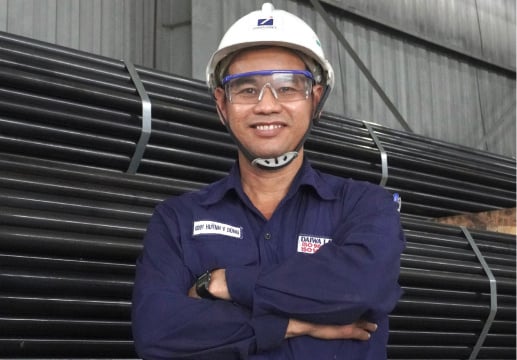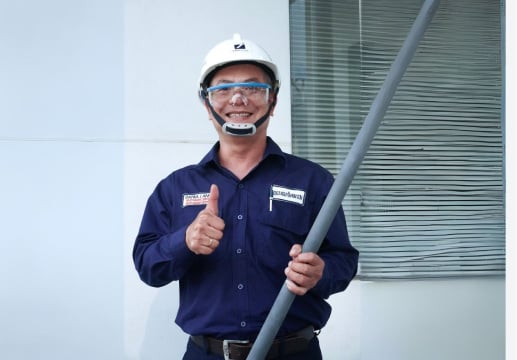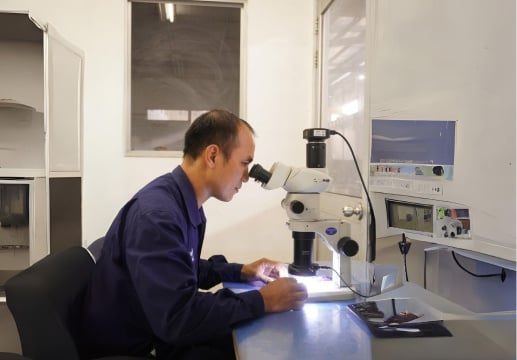If an aluminum melting furnace is like a heart, constantly pumping molten metal through its system, then the flux injection lance is its lungs—quietly working to “cleanse the blood".
At first glance, flux injection lance might look like a simple metal pipe, but it plays a big role in making sure the aluminum that comes out of the furnace is clean and pure by effectively removing unwanted gases and tiny bits of impurities, things that can ruin the quality of the final aluminum product. So how exactly does this little piece of equipment do such a big job? Let's take a close look in the blog below.

What Is Flux Injection Lance?
As previously described in its role as the “lungs” of the process, flux injection lance plays a vital part in “purifying” the molten metal to ensure high-quality aluminum output. In particular, flux injection lance injects a special kind of “medicine” called flux into the molten metal. The purpose of this action is to remove impurities such as oxides and hydrogen, or to separate slag from aluminum — just like how the lungs filter out bad air from our bodies.

Here’s its basic structure:
Long Lance
The core of a typical flux injection lance is usually made from mild steel pipe. However, to extend its lifespan to 3~7 times under the extreme heat of an aluminum melting furnace, the pipe is often enhanced with a heat-resistant ceramic coating — or more effectively, reinforced with an aluminum diffusion layer (commonly known as a calorized layer) applied both inside and outside the pipe.
This calorized coating acts like a thermal shield, dramatically improving heat resistance, and protecting the lance from cracking, breaking, or serious damage at temperatures exceeding 700°C. Thanks to that, this “industrial lung” can keep working efficiently and reliably for years to come.

Gas Connection
Since the role of the flux injection lance is to act as a carrier, delivering flux into the molten metal to remove hydrogen, oxides, and other unwanted impurities from the aluminum melting furnace, its structure includes a gas connection.
At this point, one end of the lance is connected to a source of inert gas, such as argon or nitrogen, which helps refine the aluminum efficiently without triggering any unwanted chemical reactions within the molten metal.
RELATED POST
Struggling with Aluminum Impurities? Learn How to Inject Flux to Purify Aluminum Effectively
Benefits of Using Flux Injection Lance in Aluminum Melting Furnace
In the next section, we’ll explore how the “lungs” (flux injection lance) — contribute to the “heart” (aluminum melting furnace) by filtering out unwanted gases and tiny bits of impurities.
Boosting Chemical Reaction Efficiency for Flux
Flux is like a special “prescription drug” in the aluminum refining process. It’s typically a blend of inorganic salts, such as table salt (NaCl) or calcium fluoride (CaF₂). Its role is to trap and remove impurities, absorb dissolved gases like hydrogen, and help gather slag.

A good-quality flux injection lance will act like a fearless courier, diving straight into the fiery “heart” of the furnace, injecting the flux precisely where it’s needed in the molten aluminum. Once there, the flux triggers chemical reactions with impurities — clumping them into slag that floats to the surface for easy removal. What’s left behind is a cleaner, purer aluminum bath.
Particularly, with a high heat-resistant flux injection lance — reinforced with ceramic layers or an aluminum diffusion (calorized coating) — there’s no need to replace the lance as frequently during operation. That means less furnace downtime, less manual labor, and safer conditions for workers who no longer need to approach high-temperature areas as often.
Protecting Worker Health
Since the lance injects flux straight into the furnace instead of scattering it externally, exposure to fumes, dust, and toxic vapors is drastically minimized. This keeps operators away from harmful chemicals and improves long-term workplace safety.
Reducing Flux Consumption
Compared to the rotary degasser, which requires more gas to ensure proper mixing and may cause flux to evaporate or react inefficiently due to uneven distribution, the lance delivers flux directly to the targeted area. This increases the efficiency of flux contact with impurities, meaning less flux is needed to achieve the same cleaning effect — saving both materials and costs without compromising performance.
Size of Flux Injection Lance
Despite the efficiency of flux injection lance, choosing the suitable one that matches the size of aluminum melting furnace is also an important factor to consider. If you need a flexible, cost-effective, easy-to-control, and safe solution, especially for medium and small furnaces, flux injection lance is the ideal choice. However, if you’re operating on a large scale, with continuous production and a need for maximum degassing efficiency, rotary degasser might be a more suitable option.
To help you make the right decision when purchasing equipment suitable for your furnace based on your needs, let us introduce the sizes of flux injection lances produced by our company.

To ensure optimal performance in your aluminum melting operations, we offer our calorized and ceramic coated flux injection lance in 8 standardized sizes. Here's what makes our sizing options special:
- Versatile Range: From compact 1/4” to large 2” outside diameters
- Smart Thickness: 2.0-4.0mm wall thickness balances durability with thermal responsiveness
- Custom Lengths: Choose from 2.0-6.0m lengths to match your furnace depth
Why This Matters:
- Right-sized lances prevent flux wastage
- Proper diameter ensures complete bottom coverage
- Optimized length maintains operator safety
Contact us immediately if you need the following information:
✓ Assistance selecting a suitable lance size
✓ Technical specifications (consult our engineers)
✓ A price quote for the lance
- Category:
- Daiwa Lance Products








